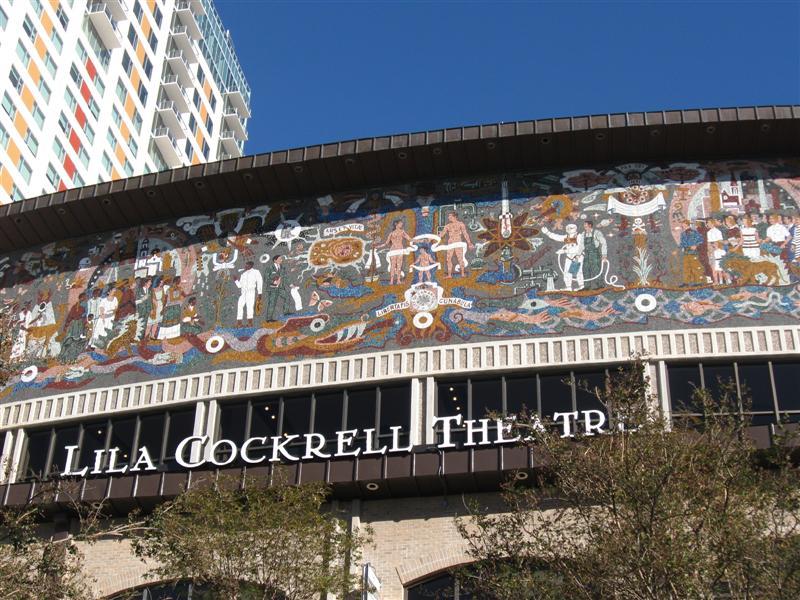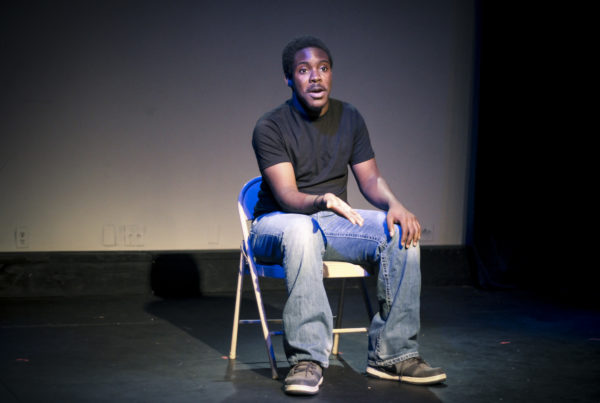From Texas Public Radio:
The River Walk barge tour totes tourists downtown on the San Antonio River, then to the Henry B. Gonzalez Convention Center area where it turns around.
There is the Lila Cockrell Theatre. It’s named after the first female mayor of San Antonio.
Right above the theater’s entrance, a 130-foot wide, 30-foot tall mosaic overlooks the river. Due to its placement, and the convention center, this massive work of art has labored in obscurity its entire life.
“Juan O’Gorman was a remarkable Mexican architect/artist of the 20th century,” says Catherine Nixon Cooke, who wrote the book on the art’s creator. It’s called “Juan O’Gorman: A Confluence of Civilizations.”
“Juan O’Gorman was the epitome of that title,” she says. “His father was an Irish mining engineer, and his mother was a beautiful woman from Guanajuato, Mexico.”
O’Gorman grew up as the Mexican mural tradition was exploding. O’Gorman and his good friend Frida Kahlo were fascinated by one of those muralists.
“They watched Diego Rivera do his very famous mural in the courtyard of their school. He was so intense and fierce, and he carried a gun in his belt, and they just thought it was quite fabulous.”
Eventually, Frida and Diego married and when O’Gorman graduated school as an architect, he landed two high profile clients.
“When Frida married Diego, they immediately asked Juan O’Gorman to build them their first home, which, they called it the Casa Estudio because it’s a house and a studio,” Cooke says.
O’Gorman’s architecture career took off, as did his painting career. He too became a muralist, gaining an international reputation. He then landed his most famous job ever at the National Autonomous University of Mexico–UNAM.
“Yes, I’m familiar with the Library Building in Mexico City, which is absolutely iconic, and amazing. Covered on all four sides, with those mosaics made of rocks,” said Susan Toomey Frost.
Frost has studied tile mural art all her adult life, and wrote the book “Colors on Clay.” That library’s distinctive four-sided mosaic mural was enormous, and caught the eye of San Antonians who visited the Mexican capital. Fast forward to the mid 60s, at a time when an important event loomed: San Antonio’s 250th anniversary.















